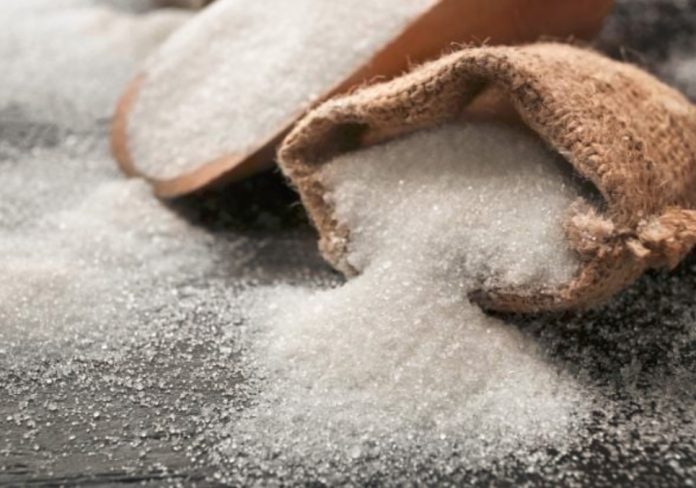Sugar prices are rising worldwide after bad weather tied to El Niño damaged crops in Asia, a news report said. Countries adversely affected include India and Thailand, two of the world’s top sugar exporters. The rise in sugar prices is the latest hit for developing nations already coping with shortages in staples like rice and food trade restrictions.
Indonesia, the biggest sugar importer last year, has cut back on imports. In the same vein, China, the second biggest importer, was forced to release sugar from its reserves to offset high prices domestically for the first time in six years.
Kenya, which was once self-sufficient in sugar, now imports 200,000 metric tons (110,000 U.S. tons) a year from a regional trade bloc. In 2021, the government limited imports to protect local farmers from foreign competition. However, it reversed that decision as harvests shrank due to insufficient rain and mismanagement.
Also, Brazil, the biggest sugar exporter, is expected to harvest 20% more sugar in 2024 than in 2023. Although, Brazil’s harvest will not come until March 2024, which means that sugar prices are likely to remain high in the near term.
Meantime, the United Nations Food and Agriculture Organization (FAO) is warning of food security concerns as a result of the rise in sugar prices. It says that the world now has less than 68 days of sugar in stockpiles to meet its needs. This is in comparison with 106 days when they began declining in 2020.
Wealthy Western nations can absorb the higher costs of sugar, but poorer nations are struggling. For example, Nigeria, which buys 98% of its raw sugar from other countries, is likely to see its sugar prices rise significantly.
El Niño is a climate phenomenon that causes extreme weather conditions, such as drought and flooding. The current El Niño is expected to last until the spring of 2024.



